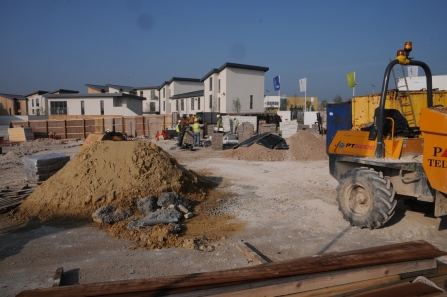The Solent is like a banqueting table for migrating birds which flock here from across the northern hemisphere en-route to sunnier climes or to benefit from our mild winters. It is also a 3D super-ecosystem abundant with invertebrates which live in and on the nutritious mud, seagrass beds which protect young fish, store masses of carbon, and help prevent erosion.
But the Solent is unwittingly being exposed to a large-scale long-term experiment: what happens if we turbo-charge the ecosystem by giving it too many nutrients? Many local people will now be familiar with a lurid green crust of algae covering mudflats at low tide. Rather like a green fishpond or aquarium, this tells us there is an imbalance – too many nutrients in the system which, we know enough about the ecology to say, is harmful to the wildlife of the Solent. These mats of algae form a layer over the mud which can prevent oxygen getting through to the animals in the sediment causing mass mortality especially in hot weather. They also form a barrier to many birds which rely on probing the mud or picking off tiny invertebrates from its surface. Lastly, these mats can smother some of our most special yet threatened habitats: seagrass beds and saltmarshes, choking them to death and risking erosion.


